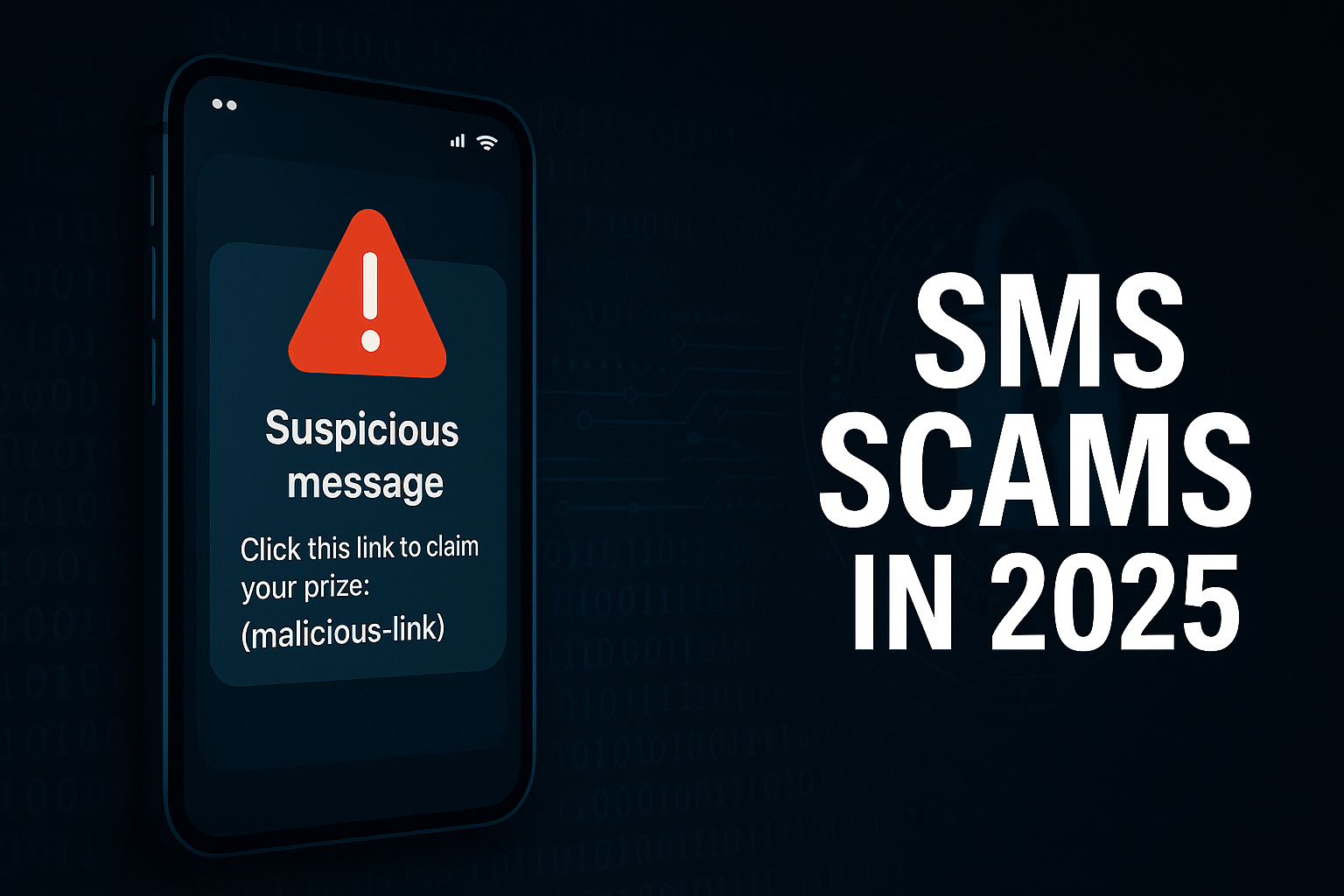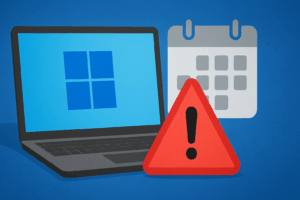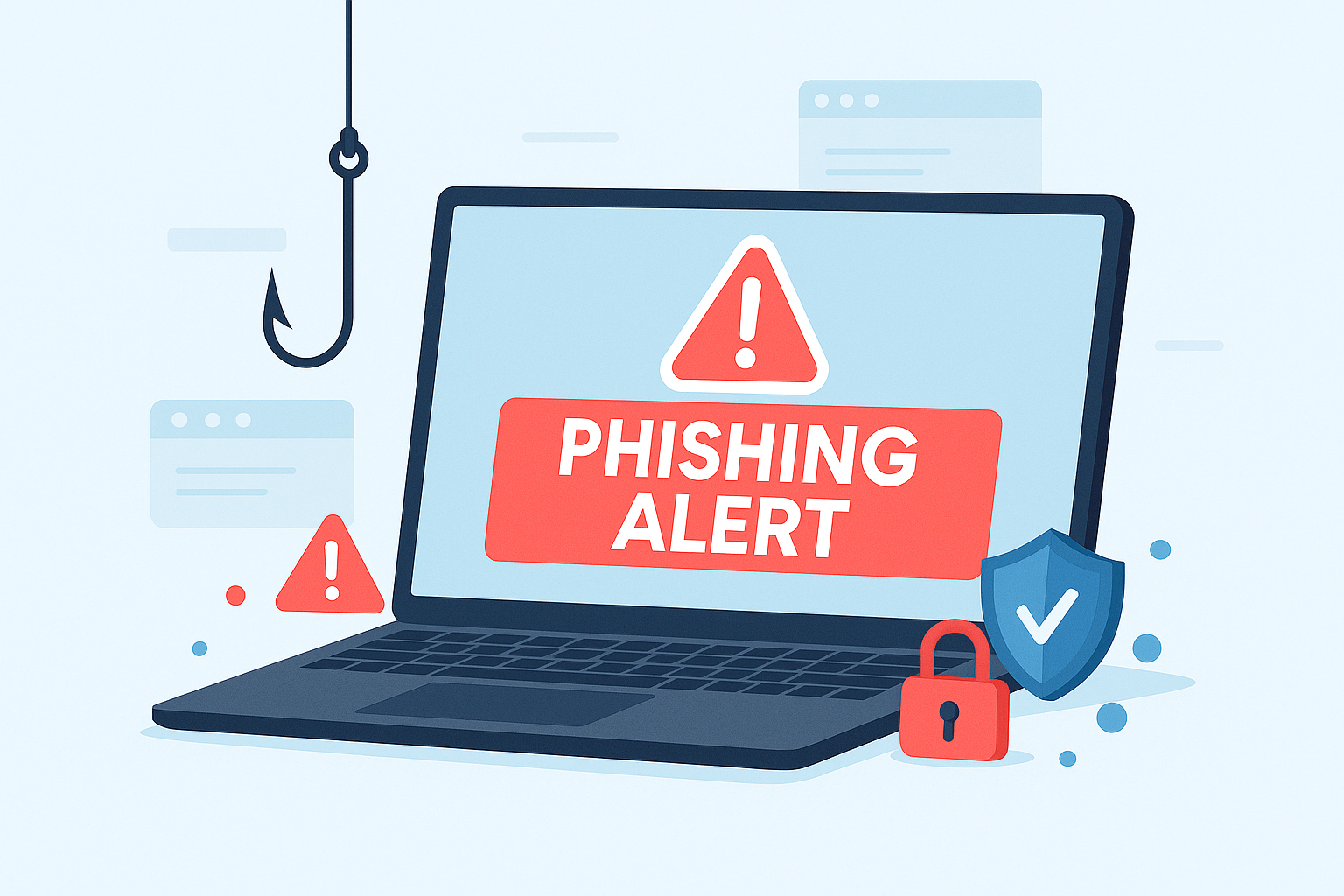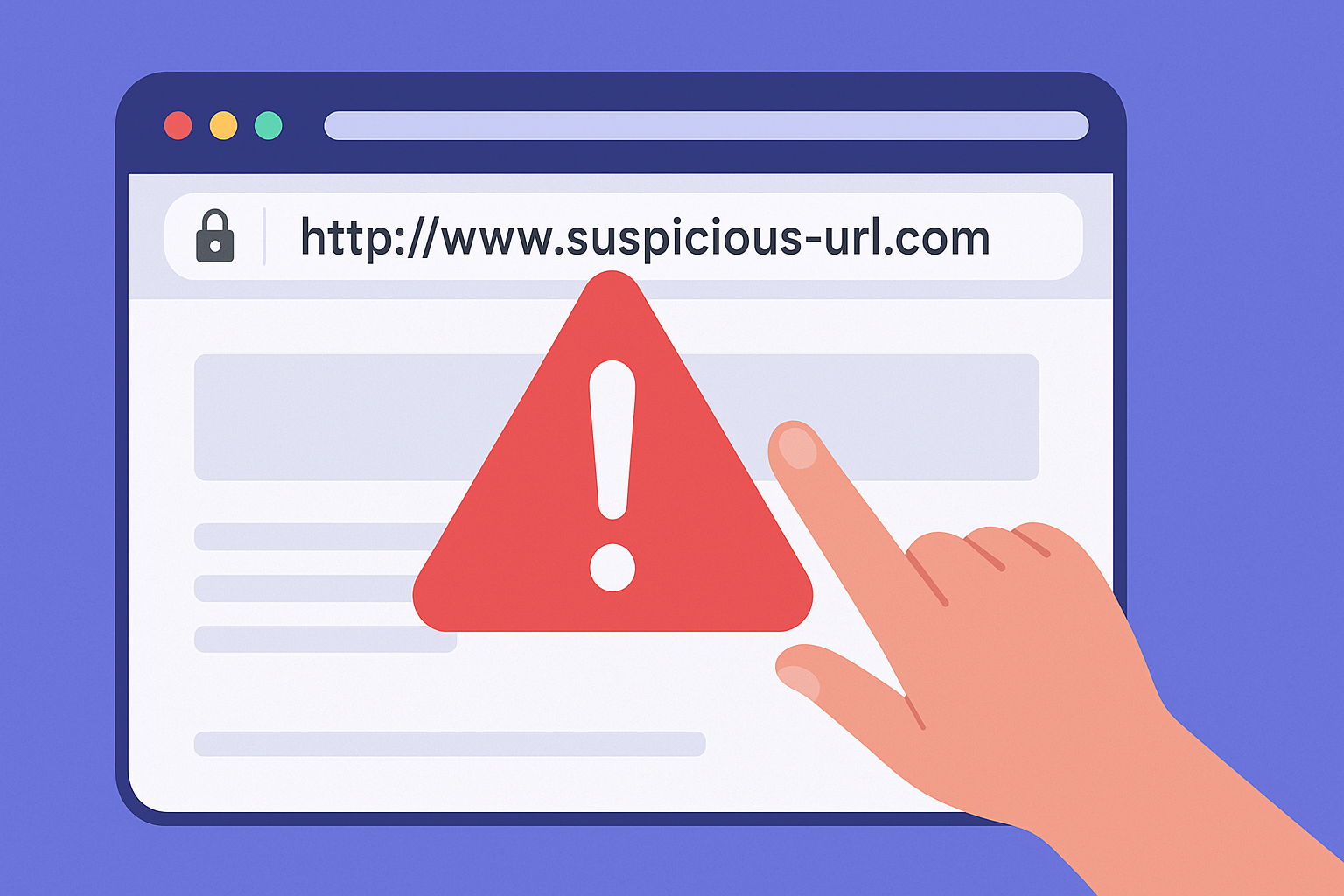In 2025, cybercriminals are no longer just lurking in your inbox—they’re targeting your text messages. While phishing emails have become easier to identify thanks to growing awareness and spam filters, SMS scams (also known as smishing) remain a highly effective—and increasingly sophisticated—tactic for fraudsters.
Why? Because people tend to trust text messages more than emails. Texts feel more personal, direct, and urgent. We’re used to getting security codes, delivery updates, and bank notifications via SMS. Scammers know this, and they exploit it to craft messages that appear legitimate and demand immediate action.
In recent years, there has been a significant rise in the volume, variety, and realism of SMS-based fraud. No longer are these messages limited to “You’ve won an iPhone!” or fake lottery alerts. Today’s SMS scams may impersonate government agencies, delivery services, subscription platforms, and even two-factor authentication systems—often with messages powered by AI-driven language models that mimic the tone, grammar, and urgency of trusted institutions.
The consequences? Victims can unknowingly hand over login credentials, credit card numbers, or even full access to their mobile devices in just a few taps.
In this article, we’ll break down:
-
The latest trends in SMS scams as of 2025
-
Real-world examples of how these scams operate
-
The red flags to watch for
-
And most importantly, how you can protect yourself
Whether you’re a casual smartphone user, an IT professional, or a business owner, this is the knowledge you need to stay ahead of evolving threats.
What’s New in SMS Scams in 2025?
Cybercriminals are refining their tactics at an alarming pace. With access to AI tools, spoofing technology, and breached personal data from past leaks, scammers are designing SMS campaigns that are more convincing than ever. Here are the most prominent developments in SMS scams this year:
1. AI-Powered Personalization
Scammers now use AI to generate text messages tailored to the recipient. By leveraging publicly available information—sometimes combined with data from previous breaches—they can include your name, location, or even reference recent online activity.
Example:
“Hi Sarah, your HSBC payment of £259.99 is pending. If this wasn’t you, secure your account immediately: [fraudulent-link]”
2. Fake Two-Factor Authentication (2FA) Triggers
These scams imitate security notifications from apps or services like Google, Microsoft, or banks. The goal is to make you feel like your account is being compromised, prompting you to act quickly—and irrationally.
Example:
“Your Google account was accessed from a new device. If this wasn’t you, verify immediately: [phishing-site]”
3. Government and Public Service Impersonation
With growing trust in digital communication from authorities, scammers are posing as tax agencies, health departments, or immigration services. The messages often carry legal or financial urgency.
Example:
“You have an outstanding tax balance. Failure to respond within 24 hours may result in legal action. Pay now: [fake-payment-portal]”
4. Delivery Notification Scams (Still Highly Effective)
One of the most widespread tactics involves faking delivery updates from courier services like FedEx, DHL, or local post offices. Victims are asked to “reschedule” or pay a customs fee—leading to phishing pages or malware downloads.
5. Subscription Renewal Traps
These messages claim your subscription to Netflix, Spotify, or even antivirus software is about to auto-renew. To cancel, you’re asked to click a link or call a phone number—leading to credential theft or social engineering.
How to Recognize an SMS Scam
While scams evolve, they often rely on predictable psychological triggers: fear, urgency, curiosity, or reward. Here’s what to watch for:
Red Flags:
-
Unexpected or urgent requests
Anything demanding “immediate action” should be treated with suspicion. -
Generic greetings or vague context
Messages that don’t include specific info (like your full name or recent actions) are often scams. -
Shortened or suspicious links
Bit.ly or unfamiliar URLs are common in scam messages. -
Unusual sender numbers or international codes
If the number seems off or changes frequently, that’s a warning sign. -
Requests for personal or financial info via text
Legitimate organizations don’t ask for credentials, passwords, or payments through SMS.
How to Protect Yourself From SMS Scams
Cybersecurity begins with awareness. Here are proven steps you can take to minimize your risk:
✅ 1. Verify Before You Act
If a message feels urgent, go directly to the app or website it claims to represent. Never click a link without verifying the source.
✅ 2. Use a Dedicated 2FA App
Avoid receiving sensitive codes via SMS. Use apps like Google Authenticator, Microsoft Authenticator, or Authy for more secure two-factor authentication.
✅ 3. Enable SMS Filtering and Spam Protection
Most iOS and Android phones offer spam filters. You can also enable these through your mobile carrier.
✅ 4. Block and Report Scammers
Block suspicious numbers and report them by forwarding the message to 7726 (SPAM) if you’re in the US, UK, or many other countries.
✅ 5. Stay Informed About New Threats
Cybercriminals evolve their tactics constantly. Follow trusted cybersecurity blogs, enable breach alerts, and consider subscribing to scam alert newsletters.
Final Thoughts: Stay Smart, Stay Skeptical
In 2025, text message scams aren’t just random spam—they’re often highly targeted attacks that feel real. The best defense isn’t paranoia, but digital literacy. By staying skeptical, verifying sources, and protecting your digital identity, you can stay ahead of even the most convincing scammer.
As the saying goes: “If something feels off—it probably is.”
Want to receive updates on the latest digital scams and how to avoid them?
Subscribe to our monthly newsletter for expert insights, scam alerts, and cybersecurity tips straight to your inbox.







